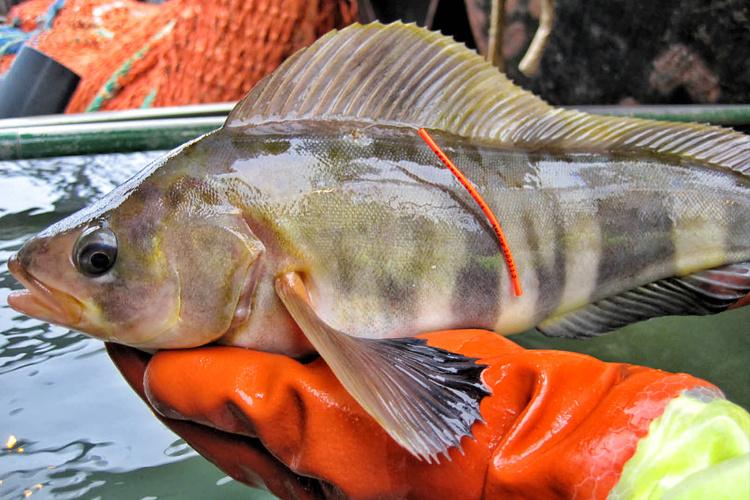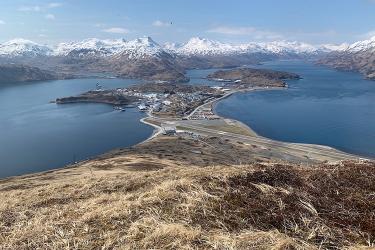In the lab and in the field we look at recruitment processes or the factors that affect the growth and survival to adulthood of various species within the marine food chain (e.g., commercially valuable shellfish, marine mammals and sea birds) and the biological and physical (environmental) factors that influence large marine ecosystems and Alaskan waters.
Recruitment for commercially fished species occurs when fish grow to the size captured or retained by nets or gear currently used in commercial fishing.
We have been collecting information since the 1970's on the early life history (eggs, larvae and early juveniles) of fish species from the North Pacific Ocean. Studies were conducted off the U.S. west coast, the Gulf of Alaska, and eastern Bering Sea off Alaska.
Over the years, we have collected tens of thousands of ichthyoplankton (larval fish) samples. These provide an unparalleled resource for the study of the distribution and abundance of a wide variety of fish, and how they relate to the ocean environment. We have developed many new analytical methods, field observation tools, and state-of-the-art simulation models necessary to carry out these studies.
Our research focuses on whole ecosystems through our participation in EcoFOCI (Ecosystems and Fisheries Oceanography Coordinated Investigations) in partnership with NOAA Research's Pacific Marine Environmental Laboratory.


